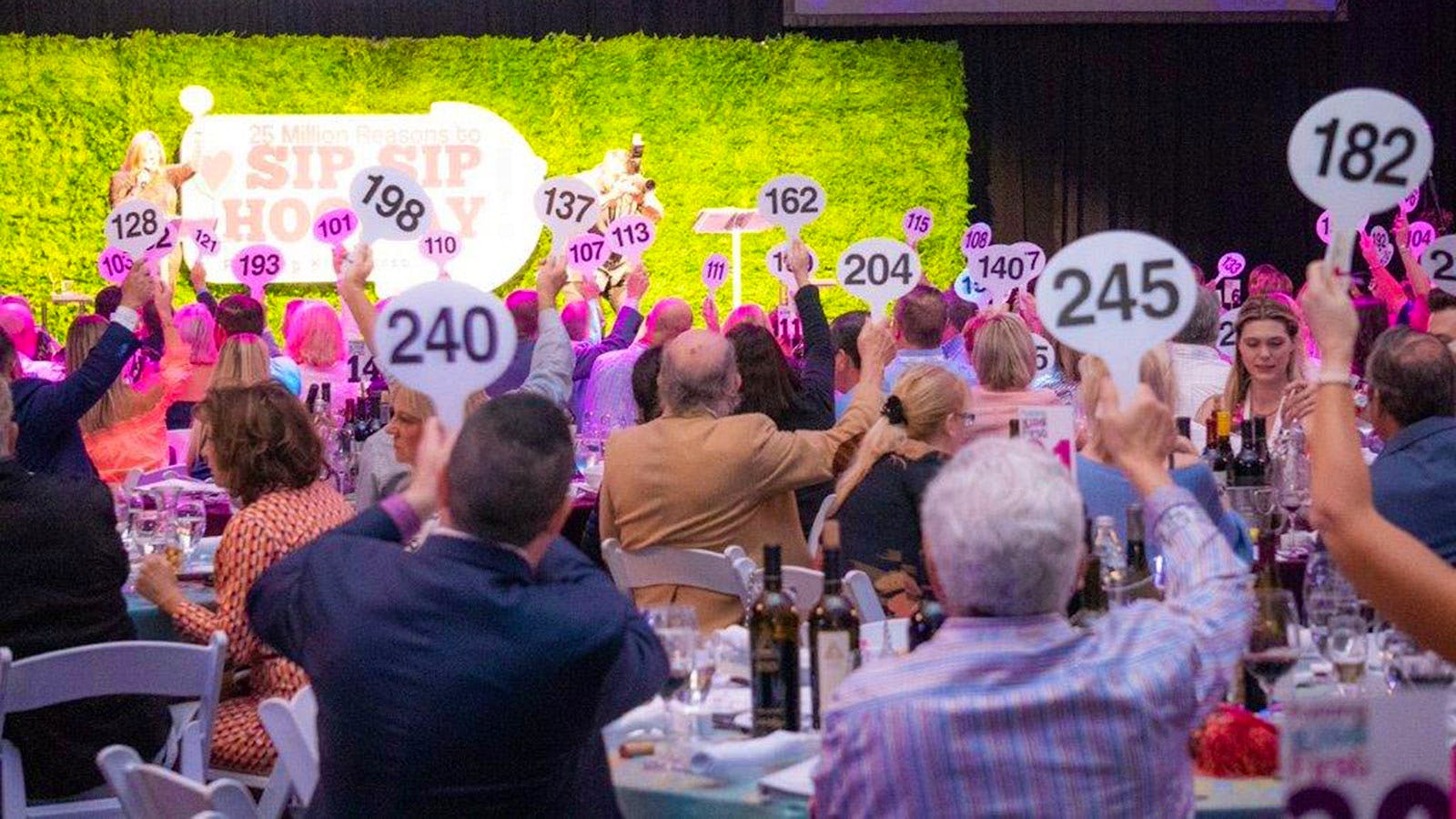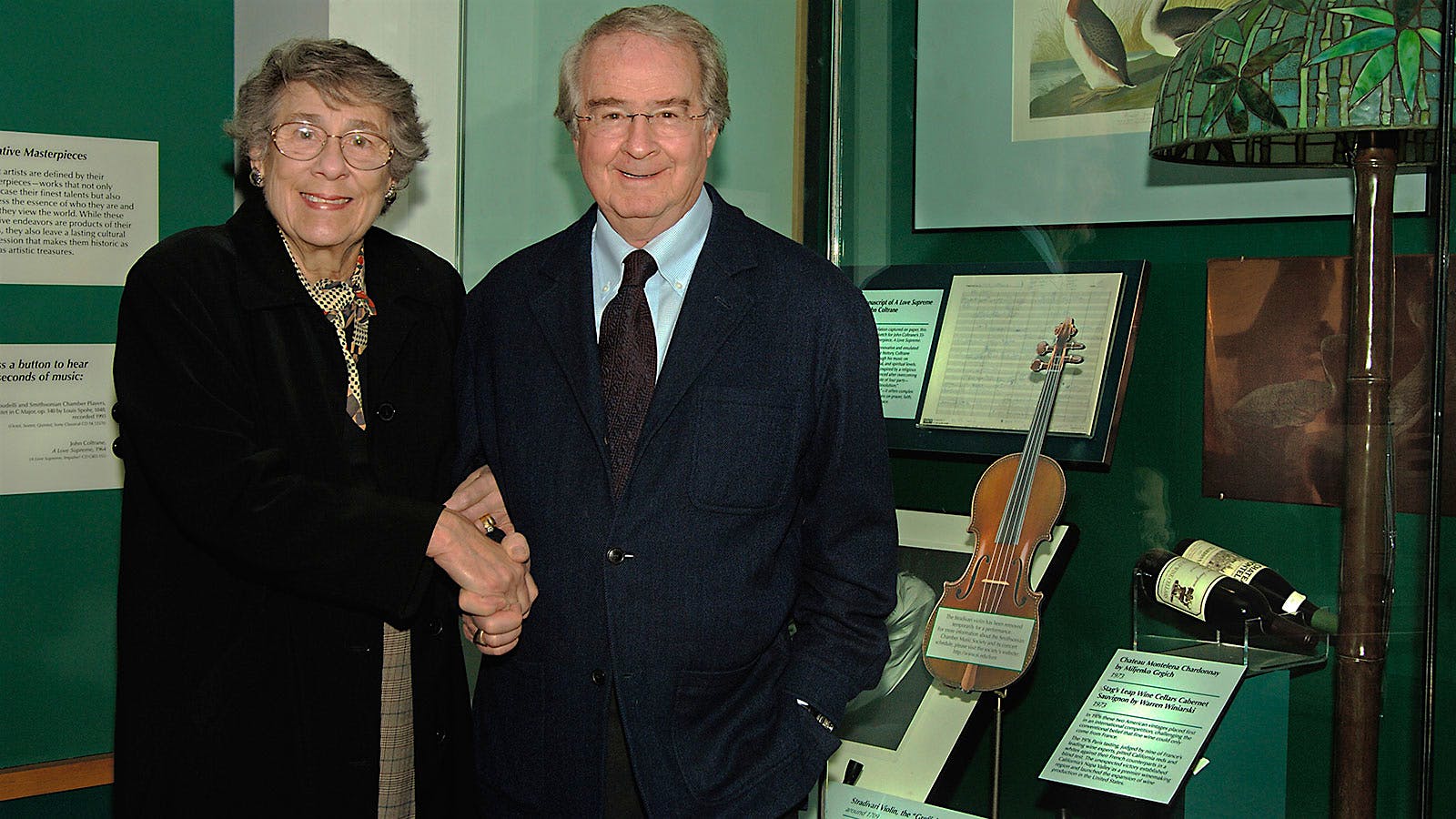Pheasant is nice (with Marsala wine it’s divine)
Pheasants, unlike mallards, are not native to Ireland. They were brought here around the 16th century by the Normans, who had a strong desire for game – that is, the pursuit of animals for sport in the wild – although the hunt for clean pheasants had to wait the invention of the shotgun in the 19th century.
The Normans also loved spices, from nutmeg and cinnamon to allspice and cumin. Many recipes linked to their heritage contain these spices in sauces for game. It’s hard to find recipes from before the 14th century unless you go back to Roman times. There are, however, one or two, most often found in medical contexts.
One such book is The English Garden, written by Henry, Archdeacon of Huntingdon in England, around 1135. Sometimes he describes the culinary application of the herb or spice, such as “mixing pepper and cumin with these juices.” In this way, if you eat cold pork, no other flavor will be made more pleasant than this one”.
In addition to the love of spices, the Normans were fond of fruit, especially cherries, pears and plums. These fruits would be cooked in honey, wine and spices like ginger, cinnamon and black pepper.
Pheasant hunting season ends Feb. 1, but if you don’t have time to snag a bird this weekend, this recipe will work well with any similar avian creature, from chicken to duck. .
How to cook pheasant with plums
Oil two ready-to-cook poultry and season with sea salt. Sprinkle with a little ginger, cinnamon and black pepper. You can place bacon strips on the breasts if you wish, but this is optional. Place in an oven heated to 200 degrees and roast for 30 minutes, or until the core temperature is above 65 degrees.
Meanwhile, place quartered and pitted plums with a spoonful of honey and a good splash of marsala wine in a small saucepan. Use the same spices to season the plums. You can simmer the plums and make a sauce out of them, or cook them less and serve them in wedges, alongside roasted poultry. If you are preparing a sauce, mix the contents of the plum mixture and let it go down with a little water (or more wine).





